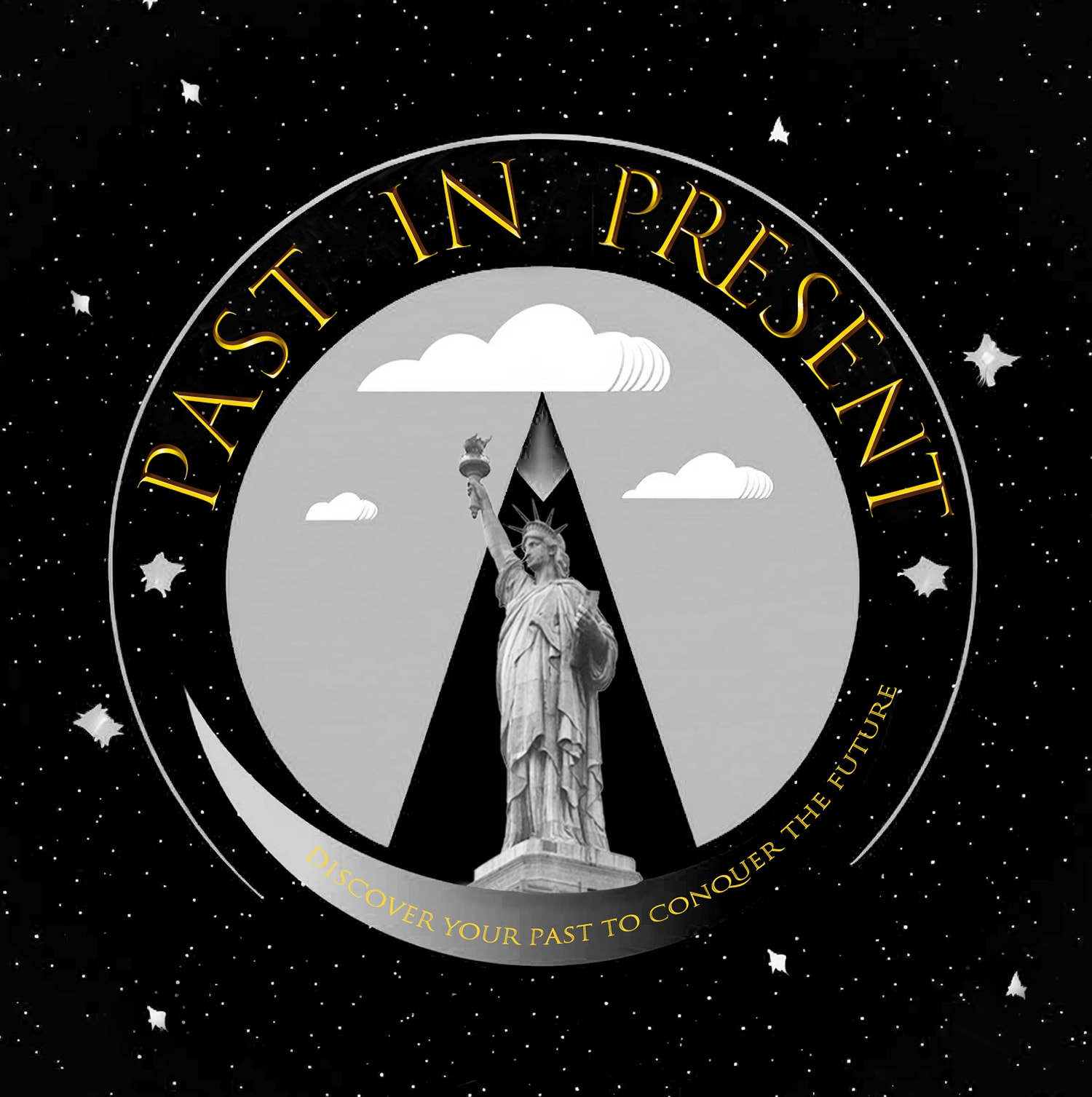-
Artworks
Open a larger version of the following image in a popup: Geraldine Farrar "The Diva of the Metropolitan Opera" by Aime Dupont c.1900's
Open a larger version of the following image in a popup:
Geraldine Farrar "The Diva of the Metropolitan Opera" by Aime Dupont c.1900's
Open a larger version of the following image in a popup: Geraldine Farrar "The Diva of the Metropolitan Opera" by Aime Dupont c.1900's
Open a larger version of the following image in a popup:
Geraldine Farrar "The Diva of the Metropolitan Opera" by Aime Dupont c.1900's
Open a larger version of the following image in a popup: Geraldine Farrar "The Diva of the Metropolitan Opera" by Aime Dupont c.1900's
Geraldine Farrar "The Diva of the Metropolitan Opera" by Aime Dupont c.1900's
Aime Dupont
Geraldine Farrar "The Diva of the Metropolitan Opera", c.1900'sEdition of 50Aime Dupont NYDP2903/13X19Currency:Further images
Geraldine Farrar, born on February 28, 1882, in Melrose, Massachusetts, was one of the most celebrated sopranos of the early 20th century. Her career at the Metropolitan Opera in New...Geraldine Farrar, born on February 28, 1882, in Melrose, Massachusetts, was one of the most celebrated sopranos of the early 20th century. Her career at the Metropolitan Opera in New York City, which spanned from 1906 to 1922, left an indelible mark on the world of opera and established her as a significant figure in the cultural landscape of the time.
Farrar's early musical talent was evident, and she was sent to study voice in Paris, where she trained with the renowned soprano Emma Calvé. Her European debut came in 1901 at the Royal Opera House in Berlin, where she quickly became a favorite of the audience and royalty alike. Her beauty, charisma, and exceptional vocal abilities made her an instant star.
In 1906, Farrar made her debut at the Metropolitan Opera in New York, quickly becoming one of the company's leading sopranos. Her performances in roles such as " Carmen in Bizet's "Carmen," and Mimi in "La Bohème" were particularly celebrated. Farrar had a huge success as Cio-Cio-San in "Madama Butterfly, going on to sing the role 139 times with the company, more than any soprano in Met history. She was known for her acting ability as much as her singing, bringing a dramatic intensity and authenticity to her roles that captivated audiences.
Farrar's influence extended beyond the opera stage. She was one of the first opera singers to embrace the emerging medium of film, starring in several silent movies, including "Carmen" (1915) and "Joan the Woman" (1916). These films expanded her fame and brought opera to a broader audience, showcasing her talents to those who might never attend a live performance.
Her popularity was not only due to her talent but also her media presence and public persona. Farrar had a close relationship with the press and cultivated a glamorous image that resonated with fans. Her high-profile romance with the Italian conductor Arturo Toscanini and her friendship with famous figures like Enrico Caruso added to her allure.
Farrar's contributions to the Metropolitan Opera were significant. She brought a new level of artistry and dramatic realism to her performances, influencing future generations of opera singers. Her recordings, made during the early days of sound recording technology, remain valuable documents of her vocal style and artistic approach.
She remains a celebrated figure in the history of American opera, remembered for her contributions to both the art form and the broader cultural milieu of the early 20th century.
Welcome to online viewing room
Checking your information












